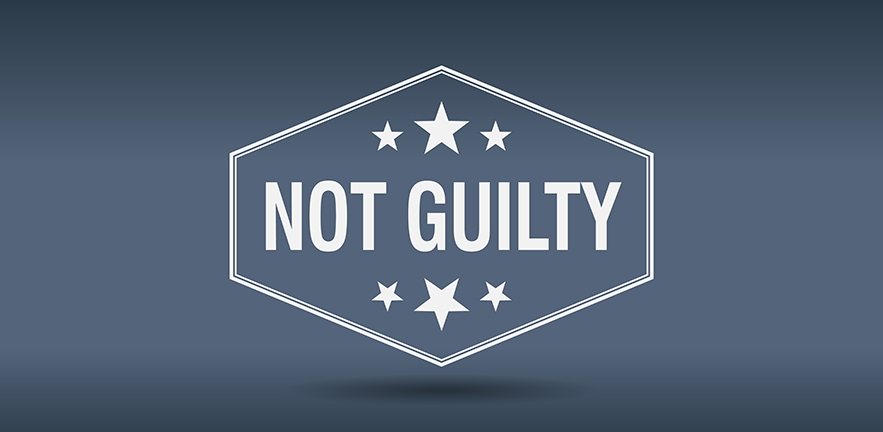
Today many organisations want to be virtuous. It is a post-financial crash zeitgeist. Greed and exploitation is passé, so we are told. Being nice to people, the planet and making a profit is becoming de rigour.
But can we really foresee a time when the Wolf of Wall Street becomes a lamb? Is being virtuous a fad or will it become the norm? Is it not just green and social washing writ large?
Being seen to do good…
No organisation wants to be perceived as doing harm. The reputational (and bottom line) risks of being caught out are all too clear and well-rehearsed in the organisational literature. We have learnt the lesson that negative phenomena invariably capture more attention than positive ones. While many want to do good rather than merely not doing any harm and some achieve it, many are content with being seen to do good.
Corporate Social Responsibility initiatives are often the way business communicates its virtue. From providing philanthropic grants, volunteer time or local engagement, CSR can make a difference to hard pressed communities or social organisations. However, CSR is often a ‘bolt on’ and not core business. Some companies with exemplary CSR initiatives still act very badly.
Simply being seen to do good as much of a problem in the public and social sector as it is in business. Merely adding words ‘social’, ‘community’ or ‘not for profit’ to an enterprise or service does not make it virtuous; neither does becoming a charity. Social and public organisations can be terrible employers as well as believing their own rhetoric on how well they are doing in the face of evidence to the contrary. Organisational virtue has to be earnt rather than assumed.
Organisational virtue
Virtue is commonly understood as ethical character traits such as honesty, fairness, reliability and commitment to others. Its flip side, vice, includes traits such as greed, iniquity and corruption.
Of course virtue (and vice) is in the eyes of the beholder. Virtue and vice are constructs which chime with contemporary values, norms and behaviours and can shift as our ideas of what is acceptable or not changes over time.
A person is seen as virtuous (or not) through the ‘accumulative perception’ of action[1]. So are organisations; the actions of individuals within (or on behalf of) the organisation and the organisation as a whole.
Organisational virtue can be expressed using personal traits such as integrity, honesty and courage. It can also be expressed as ‘the pursuit of the highest aspirations in the human condition’. In other words actions underpinned with a sense of social justice and a will to strive towards unconditional social betterment[2] within the organisations social, economic and environmental context.
Organisational virtuousness; an aspirational strategy
Achieving organisational virtue is a continual work in progress rather than an end state; it is an aspirational strategy. Crucially, it is also a collective strategy which should involve all stakeholders and not ‘a few virtuous heroes’[3].
Furthermore, organisational virtue is about ‘virtue in organisations’[4] as well as ‘virtue through organisations’. Virtue in organisations is about how individuals behave as well as how the organisation behaves to its workforce. Virtue through organisations is relates to external actions[5] and impact.
There is growing evidence to suggest that organisational virtuousness can enhance performance through its amplifying and buffering effects[6]. Feeling good about an organisation can build capacity to deal with shocks as well as reducing turnover, customer retention, quality and therefore profitability and/or impact.
To truly do good, the aspiration must be to strive towards 360 degree virtue; to do good and well in every action an organisation makes. The journey starts with asking the questions ‘what sort of organisation are we?’ and ‘what sort of organisations should we be?’ Questions I will return to in a subsequent blog.
From virtuous zeitgeist to lasting change
The zeitgeist may not last but it will be harder for organisations to slip back into poor practise and the unreformed risk exposure as a less than trusting public is watching closely.
While being seen as virtuous is sufficient for many today, there will be increasing pressure to demonstrate doing well and doing good against increasingly exacting standards. Organisations which choose to do good (rather than being forced to due to a mishap or being caught out) will add considerable value and no doubt prosper.
References
[1]Chun,R. (2005). Ethical character and virtue in organization: An empirical assessment and strategic implications. Journal of Business Ethics. 57:269-284
[2]Bright,D.,Cameron, K.,& Caza, A. (2006). The amplifying and buffering effects of virtuousness in downsized organizations. Journal if Business Ethic, 6, 249-269
[3]Chun,R. op cit
[4]Bright et al. op cit
[5]Fernando, M. & Almeida, S. (2012). The organizational virtuousness of strategic corporate social responsibility: A case study of Sri Lankan family owned enterprise MAS Holdings. European Management Journal, 30, 564-576
[6]Bright,D.,Cameron, K.,& Caza, A. (2004). Exploring the relationships between organizational virtuousness and performance. American Behavioral Scientist. Vol 47. No 6. 766-790


Crispin Wigfield
Too often one reads a corporate strapline that pays lip service to an aspiration.
I like Honesty Integrity Courage or HIC
I try not to be too demanding of colleagues simply requesting ICE – Integrity, Courage & Endeavour.